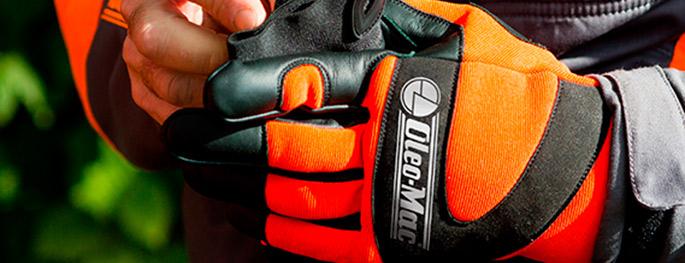Autumn gardens: how to keep them at their best

Autumn is a season with its own understated charm, warmed by a kaleidoscope of colours that rivals the vibrant blossoms of spring and summer. It’s the time of the year when vegetation begins to enter the winter dormancy period and, in the garden, this is the best season for undertaking a whole series of tasks.
So what are they? The majority of garden care in autumn involves cleaning, transplanting trees and shrubs, and lawn maintenance. Let's talk about these tasks in detail.
Jobs to do in the autumn garden: cleaning
In autumn, garden trees dazzle us with a spectacular mix of colours ranging from dark green to light green, yellow, orange, red, purple and brown. This happens because, as the leaves of deciduous plants age, the chlorophyll that makes them green degrades, causing other pigments to emerge. Additionally, the leaves succumb to the winter cold and, after having transferred their nutrients back to the plant, they fall off the tree, forming a beautiful rustling carpet.
So, to care for your garden in autumn, between September and November you should periodically collect leaves from the lawn and paved surfaces. You can use a rake and broom, or opt for the comfort of a handheld or backpack blower.
It is preferable to clear leaves before it rains, when they are easier to move, and in order to prevent them becoming a hazardous, slimy mush underfoot, especially on driveways and paths, where they can also leave unsightly stains. Furthermore, leaves abandoned on the ground can become a winter refuge for parasites, until they re-emerge in the spring to attack your plants.
If your lawn needs to be cleaned, you can instead leave a 3-5 cm layer of dry leaves on your flower beds, so that they form a mulch for the shrubs, protecting their base and roots from the cold and the pouring rain. You can do the same for the trees in your garden. If you want to recycle leaves as mulch, make sure they are perfectly healthy, without any trace of parasites. You can also take advantage of collected leaves to produce compost, by storing them in a garden compost bin.
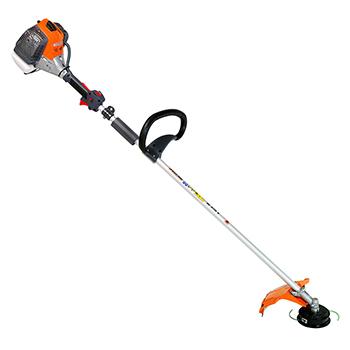
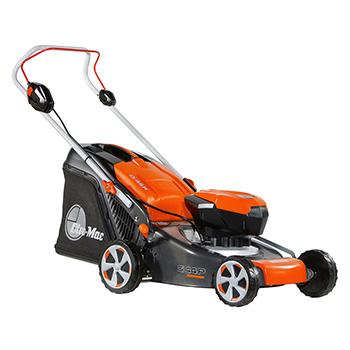
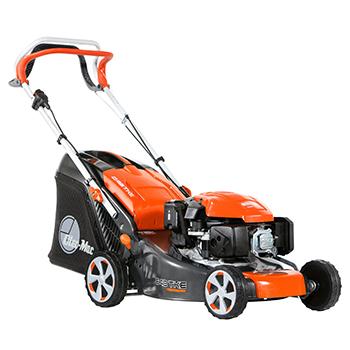
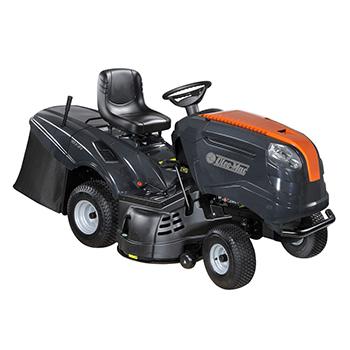
Jobs to be done in the garden during autumn also include cleaning furniture, the gazebo, outdoor curtains etc. You can simply use a sponge, detergent and garden hose, or opt for a faster wash using a high-pressure washer. For cleaning patios and swimming pools, the best solution is definitely a high-pressure washer, which can also clear out gutters clogged with fallen leaves. To find out all the jobs you can get done with these versatile machines, read our guide to high-pressure washer selection.
As winter approaches, it’s well worth giving your manual and power gardening tools a thorough clean and some careful maintenance, before storing them in a dry, sheltered place until the fairer weather returns. For example, you can stop using your lawnmower and garden tractor between November and March: read some guidelines on storing such equipment in our articles on how to clean your garden tractor and how to maintain a lawnmower.
What to plant in the garden in autumn
This season is ideal for planting in the garden. But what should you plant in the garden during autumn? Between September and November is a very favourable time of year—more so than spring—for planting new trees and shrubs and for moving vegetation around the garden (in the case of adult plants, this should only be done when strictly necessary). In all cases, pay attention to space: before transplanting, evaluate whether there is sufficient distance from existing plants for roots and foliage to grow.
Autumn is the most suitable time for transplanting, because temperatures and rainfall give the vegetation time to acclimate to the soil, put down new roots and get a head start before the vegetative recovery in spring.
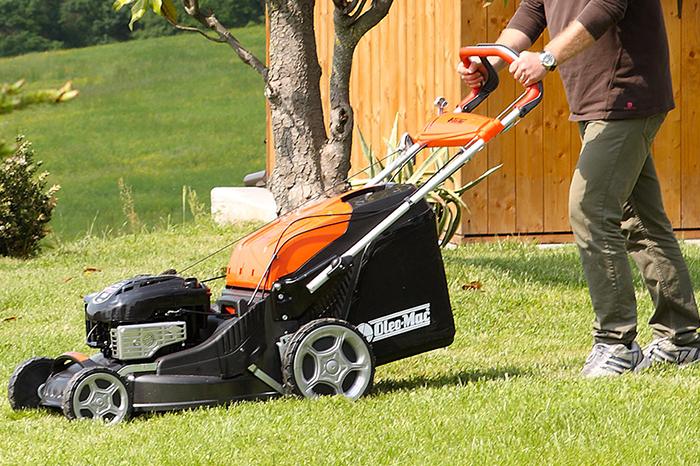
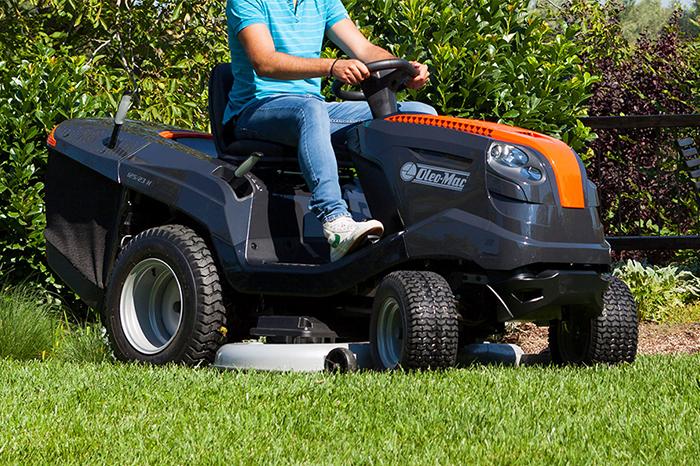
Tending the garden in autumn: the lawn
We have already explained why it makes sense to collect leaves on the lawn: another good reason is that, over the long term, leaves and other plant residues form what is known as thatch. This is a deposit of dry debris that weakens the lawn by allowing water to stagnate, providing a breeding ground for disease, blocking out sunlight, oxygen and water, and impeding fertilisation and seeding (we will talk about reseeding later in this article). Thatch should be eliminated with a scarifier.
In autumn there are several ways in which you can take care of your garden lawn:
-
Cut the grass short and collect the clippings.
-
Aerate the lawn to remove thatch by doing a double pass with a scarifier, first in one direction and then crossing over at a right angle.
-
Fertilise using a nitrogen-based product.
Even in autumn, brushcutters, lawnmowers and garden tractors are irreplaceable allies. Depending on the size of your lawn, they help you to regulate grass growth, get rid of weeds and cut the lawn short for reseeding.
You can work with a practical brushcutter, which might be a battery-powered brushcutter—like the Oleo-Mac BCi 30—or a petrol-powered model like the BC 270 S medium-power brushcutter. Alternatively, you can mow the grass with a push-type battery-powered lawnmower or a self-propelled lawnmower, for example the Gi 44 P or the G 48 TKE COMFORT PLUS. For a very large garden, however, you can opt for a garden tractor like the OM 103/21 rear-discharge model, which can cover areas up to 7,000 m2.
If your lawn took a battering from heat and drought during summer and is yellowed, thinned or even showing patches of bare soil, in the autumn you can do some reseeding (or overseeding). By reseeding you can restore what remains of your lawn, by thickening the grass in sparse areas and regrowing it in patches that are totally bare. If more than half of the lawn needs overseeding, then reseeding the entire lawn is the best course of action.
In addition to transplanting trees and shrubs, autumn is also the ideal season for overseeding or sowing the lawn. Take advantage of the frequent autumn rainfall to keep the lawn moist so that seedlings germinate and start to grow, and avoid walking on it for a long period, to prevent damage from trampling during this delicate stage of the lawn’s life cycle.



